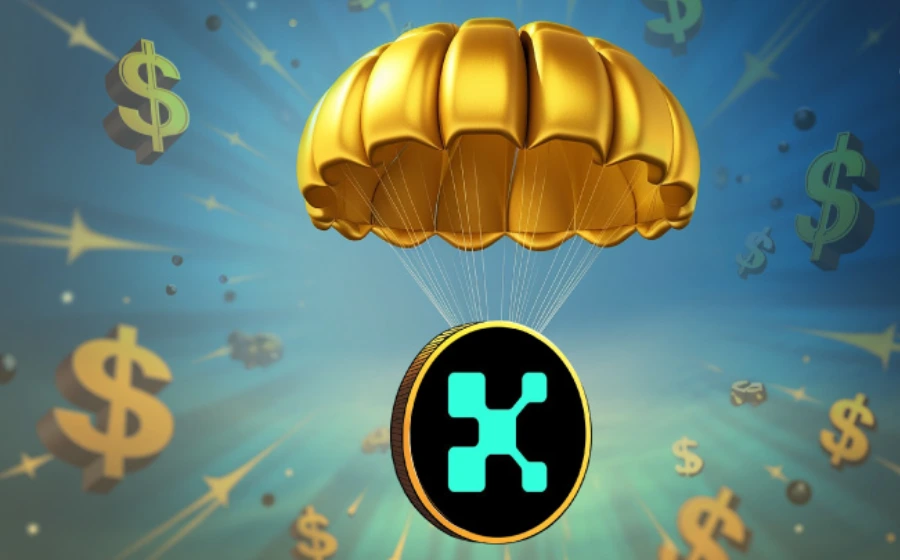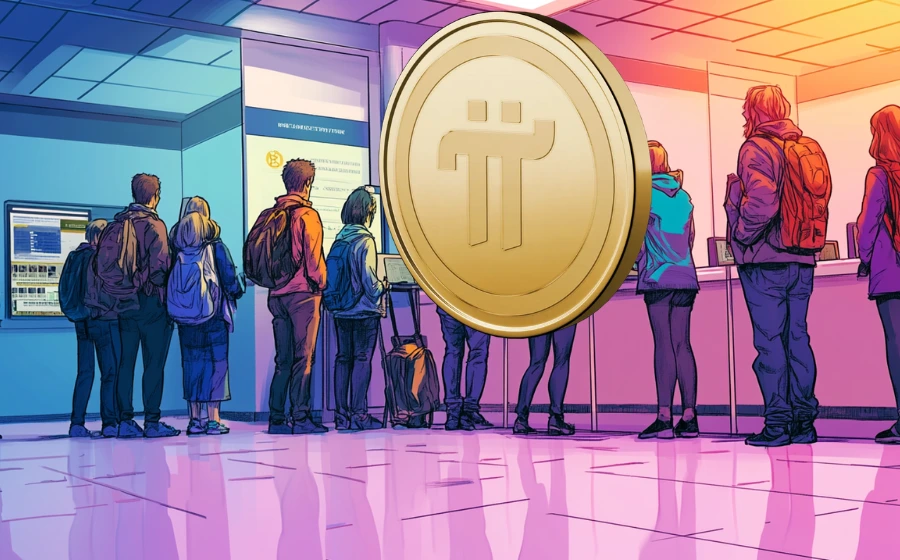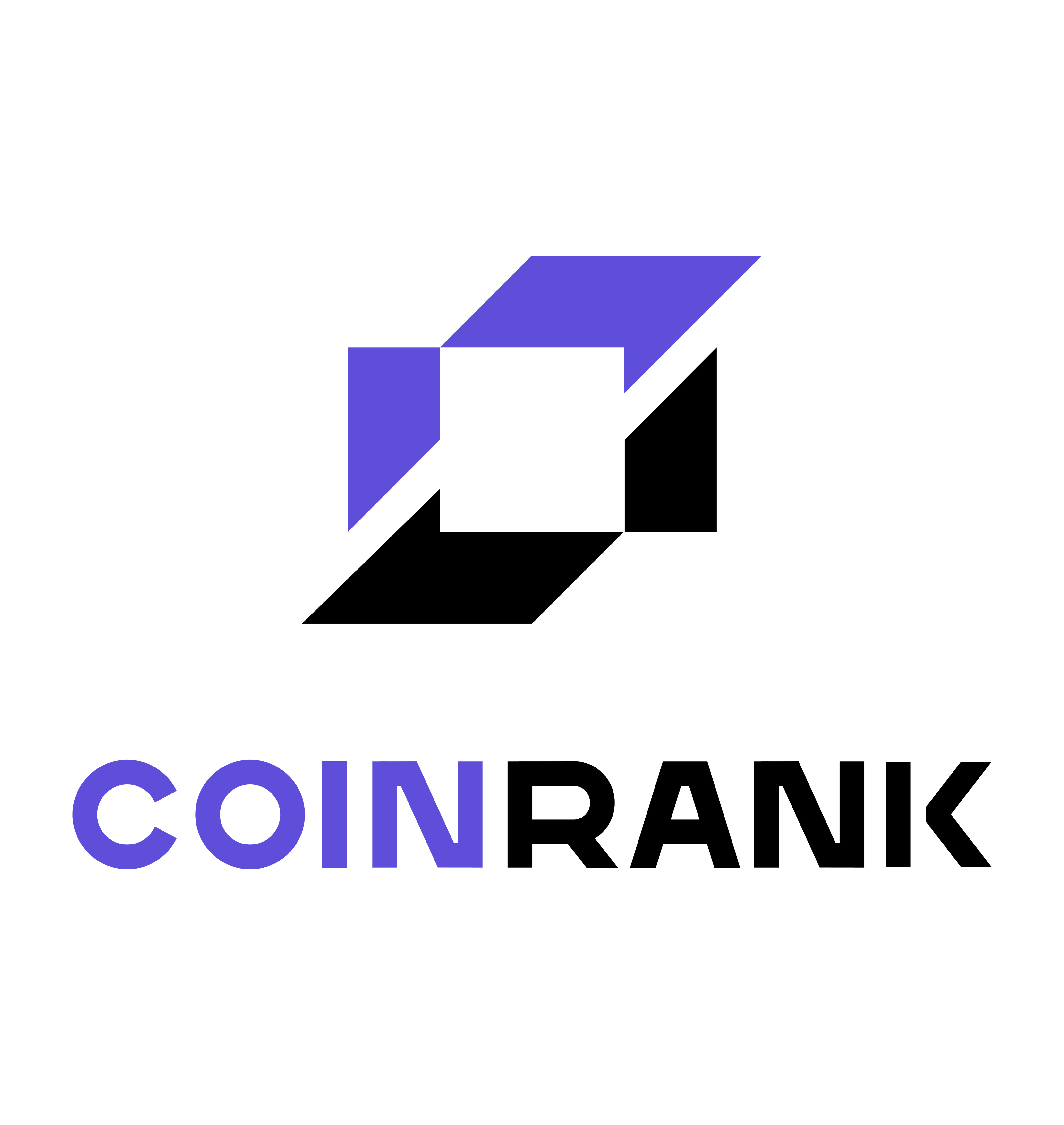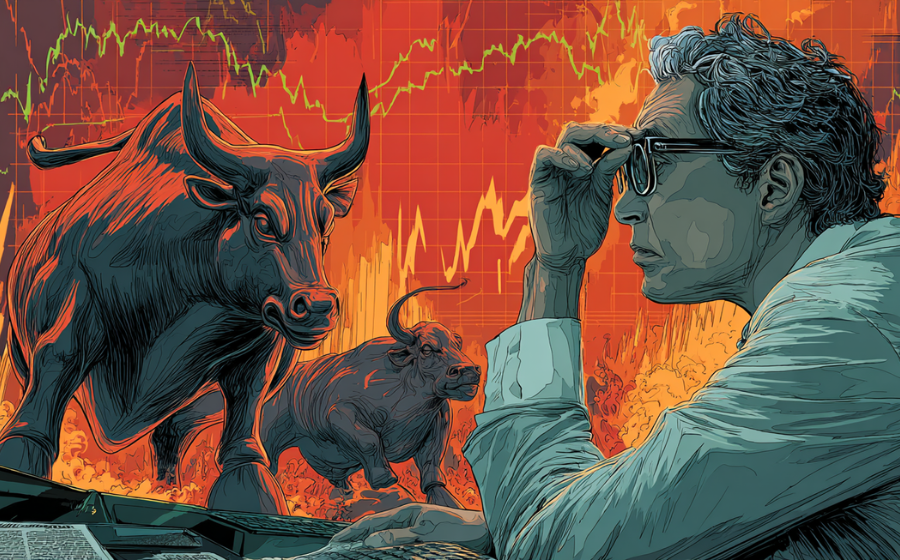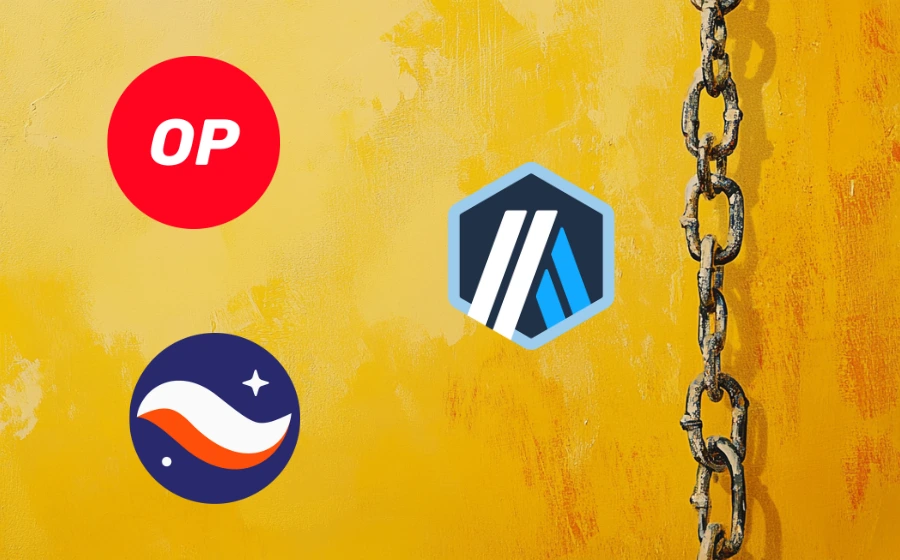
KEYTAKEAWAYS

CONTENT
On July 31, 2025, blockchain data platform Sealaunch announced surprising news: token issuance on the Base blockchain exceeded Solana for four consecutive days starting July 26, marking a historic first. This shows Ethereum’s Layer-2 network Base has emerged strongly in the token issuance space, challenging Solana, long known for high throughput and meme coin ecosystems. The main driver behind this shift is Zora, a platform on Base, whose social token model triggered the issuance boom. Meanwhile, Pump.fun and LetsBonk in Solana’s ecosystem remain competitive but have significantly lost market share.
THE RISE OF BASE: VICTORY THROUGH LOW COST AND ECOSYSTEM INTEGRATION
Base, an Ethereum Layer-2 incubated by Coinbase using Optimism’s OP Stack technology, combines Ethereum’s security with low transaction costs. Since its launch in 2023, Base attracted many developers and users with fees under $0.01 and hundreds of transactions per second. As of July 2025, Base had over 3 million monthly active users, nearly $1 billion in daily trading volume, and more than 500 decentralized apps (DApps).
Its low costs and high scalability made Base ideal for token issuance. Between July 26 and 29, Base issued up to 100,000 tokens daily, far exceeding Solana’s average of around 25,000 tokens per day.
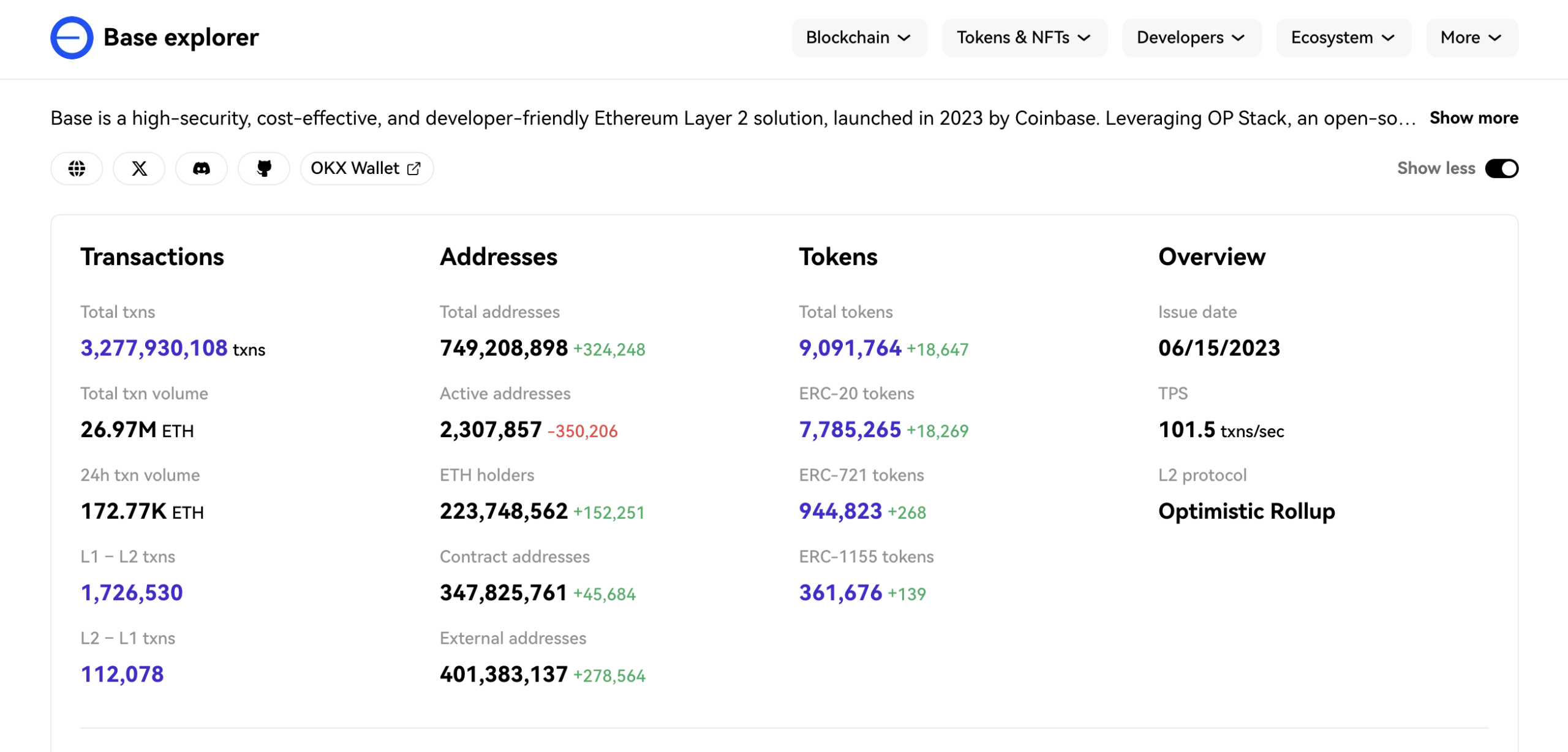
Coinbase’s strong brand and seamless integration with Coinbase Wallet increased Base’s appeal, providing users an easy entry point. In contrast, Solana, famous for handling over 4,000 transactions per second, lost some competitiveness due to multiple network outages in 2024, including a 5-hour outage in February, and a 15-million SOL token unlock (worth about $2.5 billion) in March 2025, adding pressure to SOL’s price. Base’s rise highlights both technical advantages and the importance of ecosystem integration.
ZORA: SOCIAL TOKEN INNOVATION AND SPECULATIVE FEVER
Zora is undoubtedly the main driver behind the token issuance boom on Base. Since July 23, Zora has continuously led the market share on Base and Solana. On July 29 alone, it issued 49,989 tokens, capturing a 63% market share, surpassing the combined totals of LetsBonk (19,593) and Pump.fun (4,764) on Solana.
Zora’s core innovation is its “social token” model, allowing users to tokenize social media content (such as X posts, images, and videos). These tokens function similarly to NFTs but have lower transaction costs, typically below $0.05.
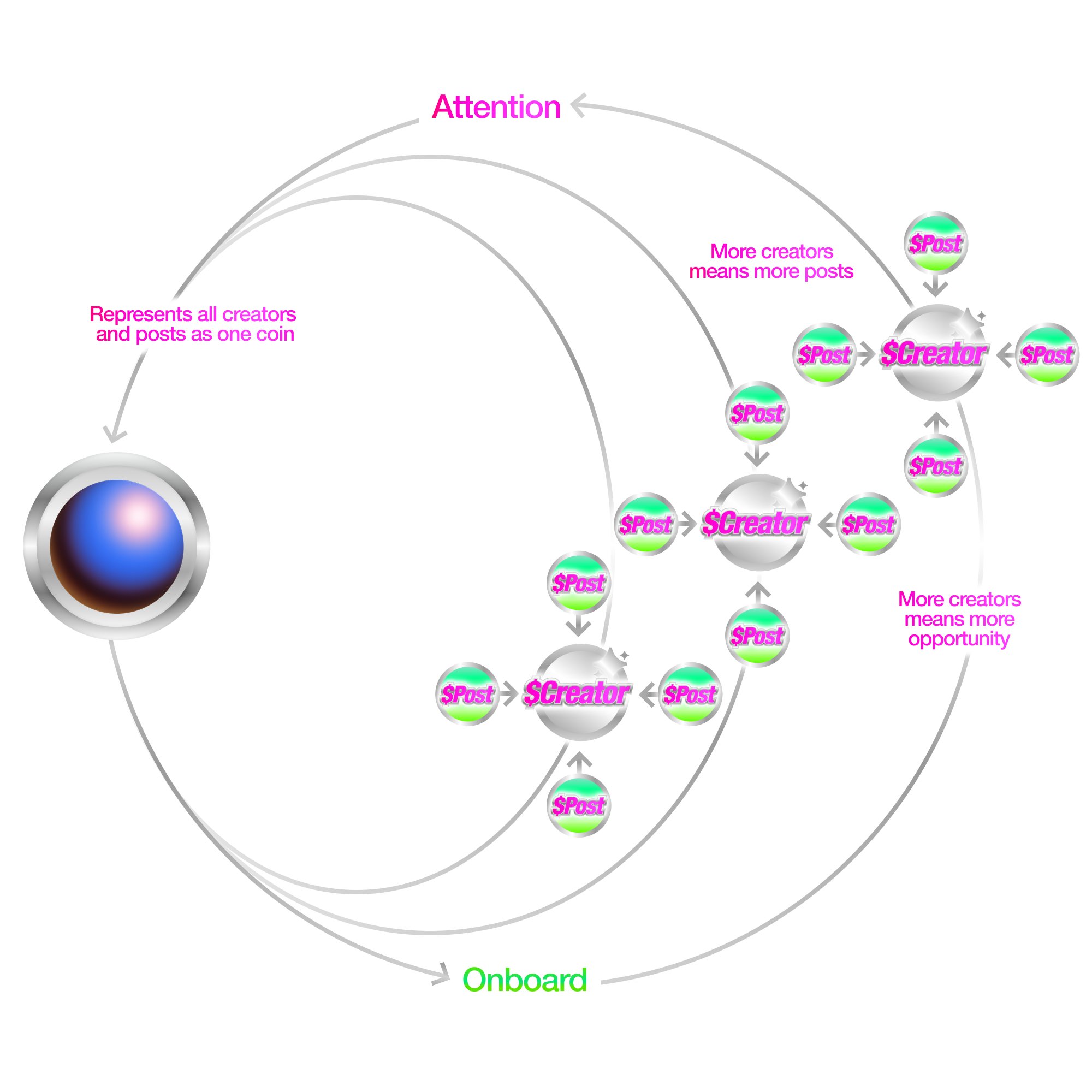
This model lowers the barrier for creators to monetize content, attracting many creators and speculators. For example, users can mint an X post into a tradable token, earning money from token sales. Zora also deeply integrated with Base App (Coinbase’s social DApp), allowing users to create and trade tokens directly via mobile apps, greatly enhancing user experience.
In July, Zora reached over 2 million monthly active users, gaining 77,000 new users within one week. Its native token, $ZORA, surged over 800% between July 23 and 30, reaching a market cap of $251 million.
However, Zora’s success is controversial. Around 93% of users are traders, with only 7% creators, showing high speculation. Solana co-founder Anatoly Yakovenko publicly criticized Zora’s tokens as “purely speculative,” lacking ties to real assets or future cash flows.
The $ZORA token is not a governance token; instead, it’s used for tipping, accessing premium features (such as customized token templates), or exclusive content, deriving value mainly from meme culture and market sentiment. Additionally, numerous low-quality tokens on Zora may temporarily boost issuance numbers but could hurt long-term user trust. Nonetheless, Zora’s innovative model effectively captured Web3’s content economy wave, and its deep integration with Base provides continued growth potential.
PUMP.FUN: SOLANA’S MEME COIN FACTORY—GLORY AND CHALLENGES
Within Solana’s ecosystem, Pump.fun was previously dominant in token issuance, known as the “meme coin factory.” Pump.fun allowed users to create tokens cheaply (about 0.02 SOL, roughly $3) through a simple interface. Users could upload token names, logos, and descriptions, automatically deploying them onto Solana.
Tokens used a bonding curve pricing model, raising prices as demand grew, rewarding early buyers and giving creators liquidity. Pump.fun also integrated with decentralized exchanges like Raydium and Jupiter for fast token promotion. In 2024, Pump.fun had 70% of Solana’s token issuance market, creating over a million meme coins and earning about $500,000 daily from a 0.5% trading fee and token creation fees.

However, by July 2025, Pump.fun’s market share drastically dropped to 10.6%, with only 4,764 tokens issued on July 29—far behind Zora and LetsBonk. Reasons include Solana’s network stability issues, LetsBonk’s rise, and the poor quality of tokens (over 90% become worthless within a week).
Although Pump.fun still attracts meme enthusiasts through social media integration (such as X promotions), its reliance on low-quality tokens and lack of innovation diminished its competitiveness. Pump.fun’s decline shows that simply providing easy token creation isn’t enough for long-term success. It must introduce technical upgrades or community incentives to regain competitiveness.
LETSBONK: THE NEW STAR IN SOLANA ECOSYSTEM
In contrast to Pump.fun’s decline, LetsBonk rapidly rose within Solana’s ecosystem in early 2025. By July, LetsBonk captured 82.6% of Solana’s token issuance, issuing 19,593 tokens on July 29, far exceeding Pump.fun. LetsBonk stood out due to community-driven incentives, including airdrops and staking rewards to encourage token promotion and liquidity.
Creators can flexibly allocate token distribution, for instance, reserving 50% for community rewards to enhance user participation. LetsBonk also introduced dynamic fees, adjusting charges based on token market performance, incentivizing high-quality tokens and distinguishing itself from Pump.fun’s fixed-fee model.
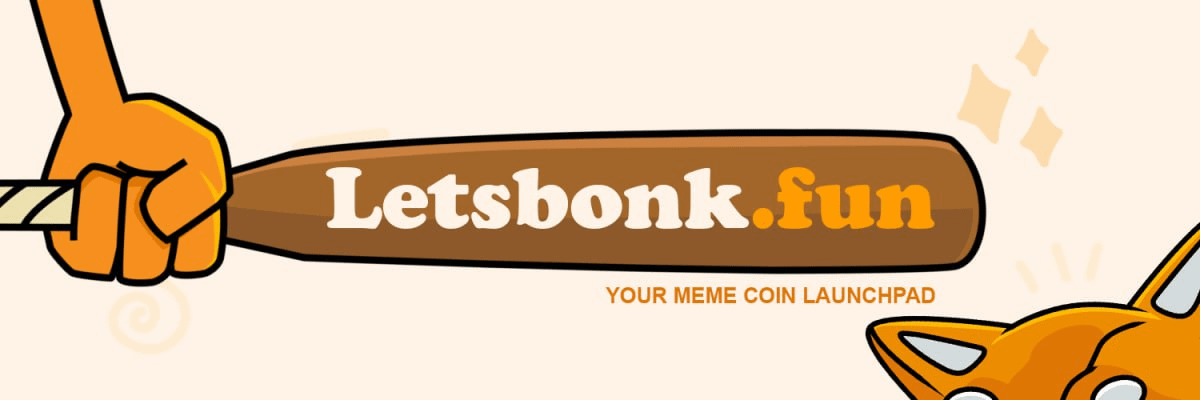
Additionally, LetsBonk deeply integrated with social platforms like X and Discord, allowing users to launch crowdfunding and promotions via social media, amplifying its reach. In July, LetsBonk surpassed 500,000 monthly active users, adding roughly 100,000 new users. Some meme coins issued through LetsBonk (such as $BONK2) generated excitement on X, reaching over $100 million in daily trading volume.
Despite its strong growth, LetsBonk must face broader challenges within the Solana ecosystem, including network stability issues and external competition from Base. While community-driven models energize LetsBonk, long-term sustainability depends on balancing speculation and practical use cases.
CONCLUSION
Base surpassing Solana in token issuance is a historic turning point reflecting technological and ecosystem competition, and rapid evolution of the Web3 token economy. Zora leads the market with social token innovations, while Pump.fun and LetsBonk compete fiercely within Solana.
The future success of these platforms will depend on their ability to achieve sustainable development amidst speculative fervor, creating genuine value for users and creators. This milestone serves as a warning to the blockchain industry: innovation, stability, and user trust will determine the winners.
